The Birth of Foiling in the America’s Cup
Published on February 14th, 2019
In this report by America’s Cup defender Emirates Team New Zealand, they relive the development period for the 34th America’s Cup in which, as a challenger, they changed the face of top-level yacht racing forever.
In late August 2012, a grainy photo of a boat emerged online (above). It was a high angle shot, looking down on a giant 72 foot red and black Emirates Team New Zealand catamaran seemingly flying above the waters of the Auckland’s Waitemata Harbour.
Debate raged, with certainty that it was photoshopped as it was an image so far outside the realms of the imagination of most people. However, for those inside the Kiwi camp, they knew the truth. The cat was out of the bag, foiling had arrived.
Rewind to 2011, two years out from the 34th America’s Cup in San Francisco, and a time of any campaign where teams are thinking outside the square with weird and wonderful ideas, having been studying the AC72 class rule, looking for loopholes and testing or attempting to validate some of the most innovative theories.
A crazy concept was continuing to circle within Emirates Team New Zealand: “What if we could make the AC72 catamaran fly above the water?”
The class rule had a lot of restrictions which discouraged foiling, but questions continued on whether a control system could be designed within the limits to move the dagger boards in the water to create enough lift to support the weight of five saloon cars on a surface area the size of a desk.
In 2011, simulation was not at the required level of technology that it is today, so testing and ideas had to be validated on the water. The challenge was how to keep such a crazy concept of foiling secret.
Auckland Harbour was a goldfish bowl to tens of thousands of eyeballs which would gawk at a vessel levitating above the water and sailing faster than most engine powered boats on the harbor, so a more discreet location was required.
And so, the first testing of the concept of foiling for America’s Cup all started on a remote and narrow lake in the middle of the Waikato region – Lake Arapuni – as a covert mission with a boat affectionately nicknamed, ‘The Waka’.
Things got off to a rocky start while towing the Waka to the site when the top-secret test platform was now firmly the center of public attention when the couriers neglected to tie it to the trailer appropriately and it had slipped off, causing a multi-mile traffic jam on Auckland’s Southern Motorway.
The issue was swiftly resolved, and adversity overcome. The operation was back on track.
Glenn Ashby was relatively new to the team back then and quickly understood that foiling was not just a whacky fad but something that had to be kept under wraps.
“We made sure we were not in branded team kit,” said Ashby. “To anyone walking the dog around the lake, we probably just appeared like a few old battlers towing a beat-up old catamaran down the lake for fun… except we just had quite a few people with cameras and pelican cases in tow.”
The Waka wasn’t an instant success, but it didn’t take long for the gigantic gains that foiling presented to emerge.
“After a couple of weeks of tuning and building new foils, we got to the stage where we were able to tow the boat and pop out of the water and fly stably,” noted Ashby. The Waka was a fantastic boat to learn all about foils, to understand what you could and couldn’t do, and potentially what the future could hold for us.
“Some of those evenings where we would sit around the table, knowing we were pioneering absolutely new ground in the America’s Cup and in foiling multihulls and foiling boats was a pretty special feeling. Sitting there with the designers and the sailing team really knowing that you were part of such a special period of America’s Cup history in the making.”
The concept continued to grow legs and the operation eventually moved back up to Auckland and the backblocks of the Hauraki Gulf.
“Eventually we put all that technology and testing into use on our SL33 catamaran and, ultimately, we built our AC72 catamaran with fully foiling in mind,” recalled Ashby. “We knew we could do it, and we knew we had to push hard and push big because absolutely we could see that foiling was the future.”
While the Kiwis may have shown their hand too early, losing their advantage and ultimately losing the 34th America’s Cup, their pursuit of foiling has changed the face of top-level yacht racing forever.
On a grander scale, the brainstorming in 2011 installed the belief in the team that being different and pushing the boundaries, throwing the ball as far as they could in innovation, was the secret to success which eventually came in Bermuda in 2017.
“I think back fondly of those times in 2012 and how foiling was really born on a lake in the middle of the Waikato in little old New Zealand,” reflects Ashby.
Now, two years out from AC36 in 2021, as quiet as it seems from all America’s Cup teams, rest assured there are plenty of innovative ideas being tested within design offices around the world that could be the next quantum leap forward in technology on or off the water.
Only time will tell…
For the 36th America’s Cup, in addition to Challenges from Italy, USA, and Great Britain that were accepted during the initial entry period (January 1 to June 30, 2018), eight additional Notices of Challenge were received by the late entry deadline on November 30, 2018. Of those eight submittals, entries from Malta, USA, and The Netherlands have thus far been accepted. Here’s the current list:
Defender:
• Emirates Team New Zealand (NZL)
Challengers:
• Luna Rossa (ITA) – Challenger of Record
• American Magic (USA)
• INEOS Team UK (GBR)
• Malta Altus Challenge (MLT)
• Stars & Stripes Team USA (USA)
• DUTCHSAIL (NED)
Key America’s Cup dates:
✔ September 28, 2017: 36th America’s Cup Protocol released
✔ November 30, 2017: AC75 Class concepts released to key stakeholders
✔ January 1, 2018: Entries for Challengers open
✔ March 31, 2018: AC75 Class Rule published
✔ June 30, 2018: Entries for Challengers close
✔ August 31, 2018: Location of the America’s Cup Match and The PRADA Cup confirmed
✔ August 31, 2018: Specific race course area confirmed
✔ November 30, 2018: Late entries deadline
March 31, 2019: Boat 1 can be launched
2nd half of 2019: 2 x America’s Cup World Series Preliminary Events
February 1, 2020: Boat 2 can be launched
During 2020: 3 x America’s Cup World Series Preliminary Events
December 10-20, 2020: America’s Cup Christmas Race
January and February 2021: The PRADA Cup Challenger Selection Series
March 2021: The America’s Cup Match
Details: www.americascup.com


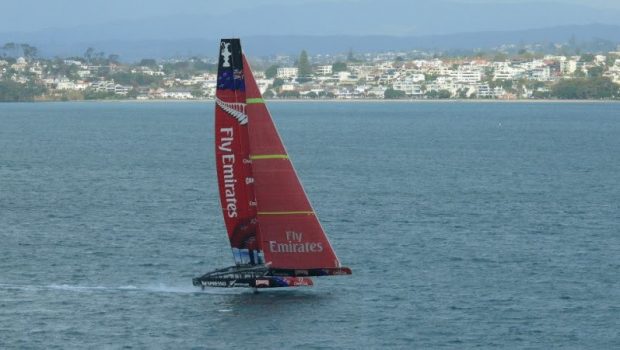

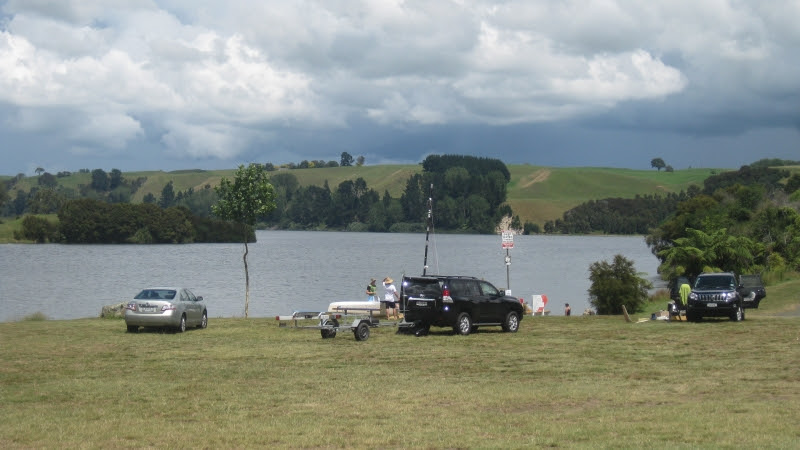
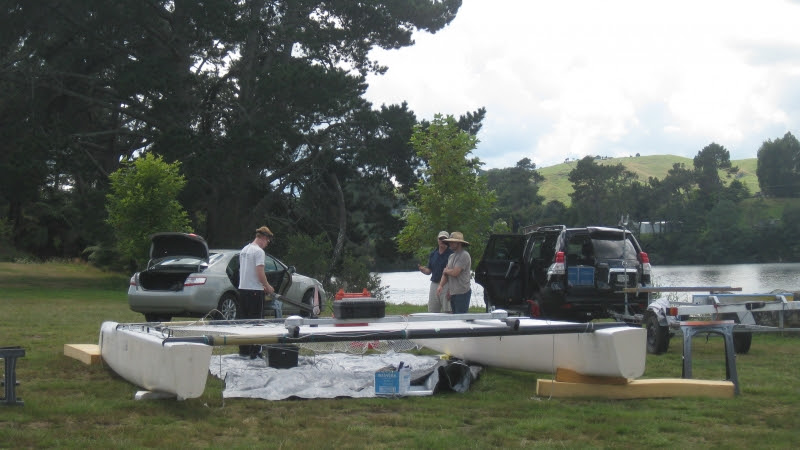
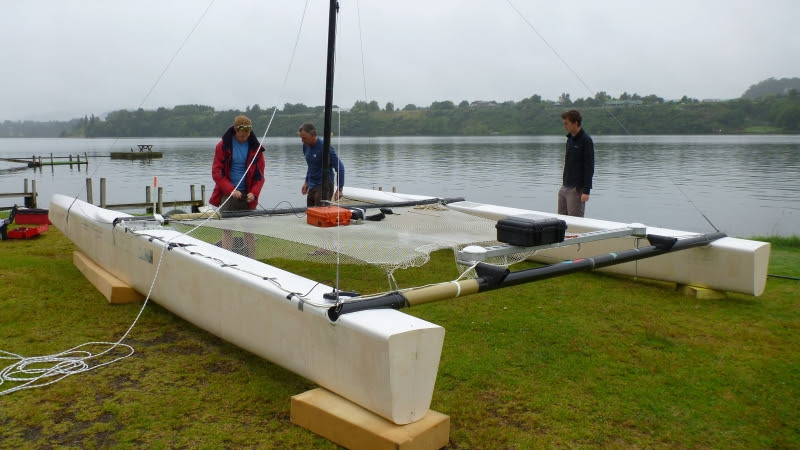
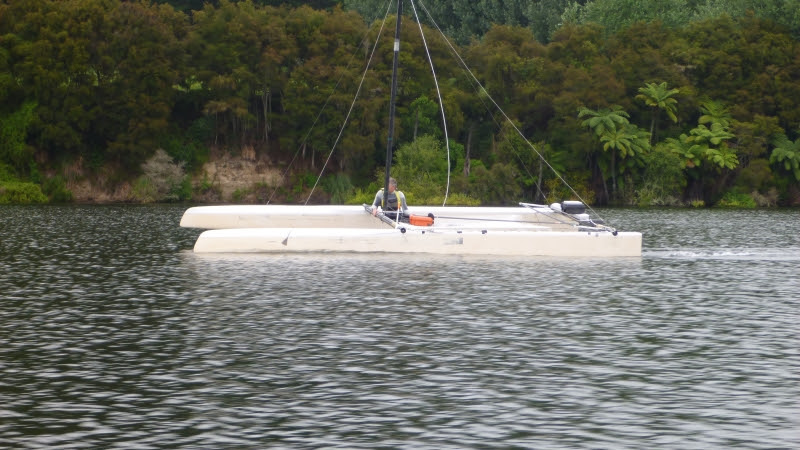

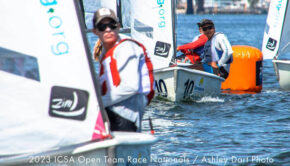

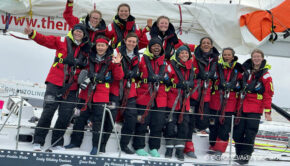

 We’ll keep your information safe.
We’ll keep your information safe.